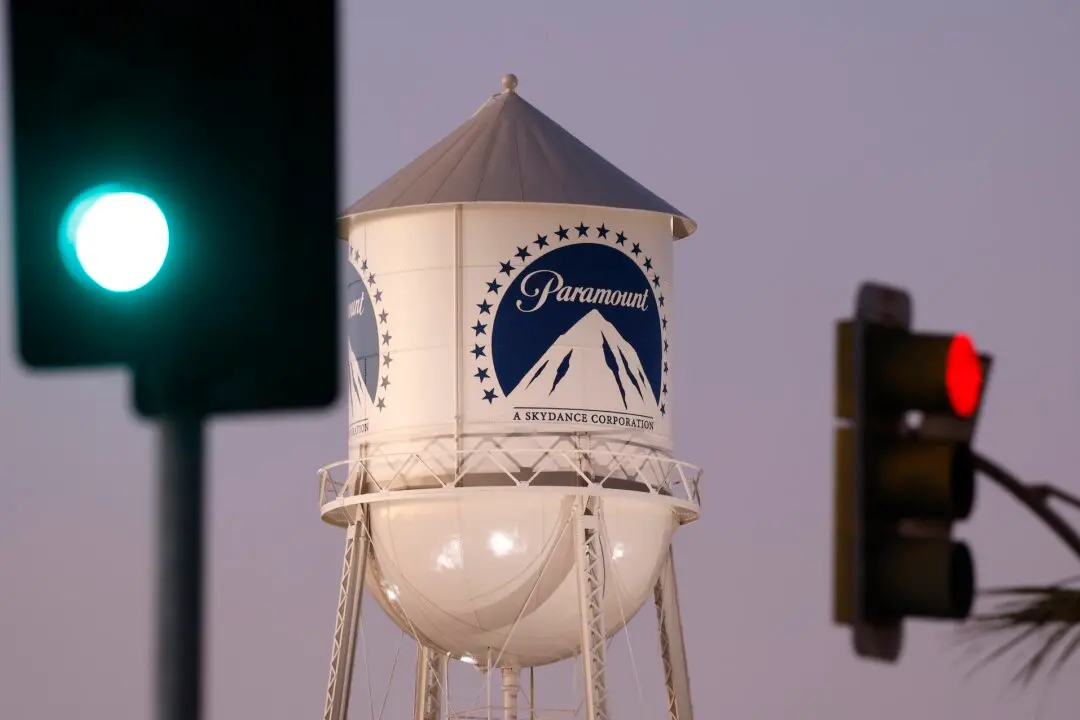Police are asking for the public’s help locating a pregnant 19-year-old Chicago woman missing over a week and due to give birth on May 5.
Marlen Ochoa-Uriostegui disappeared from Chicago’s Little Village neighborhood on the Southwest Side on April 23, according to the Missing Persons Cases Network.





